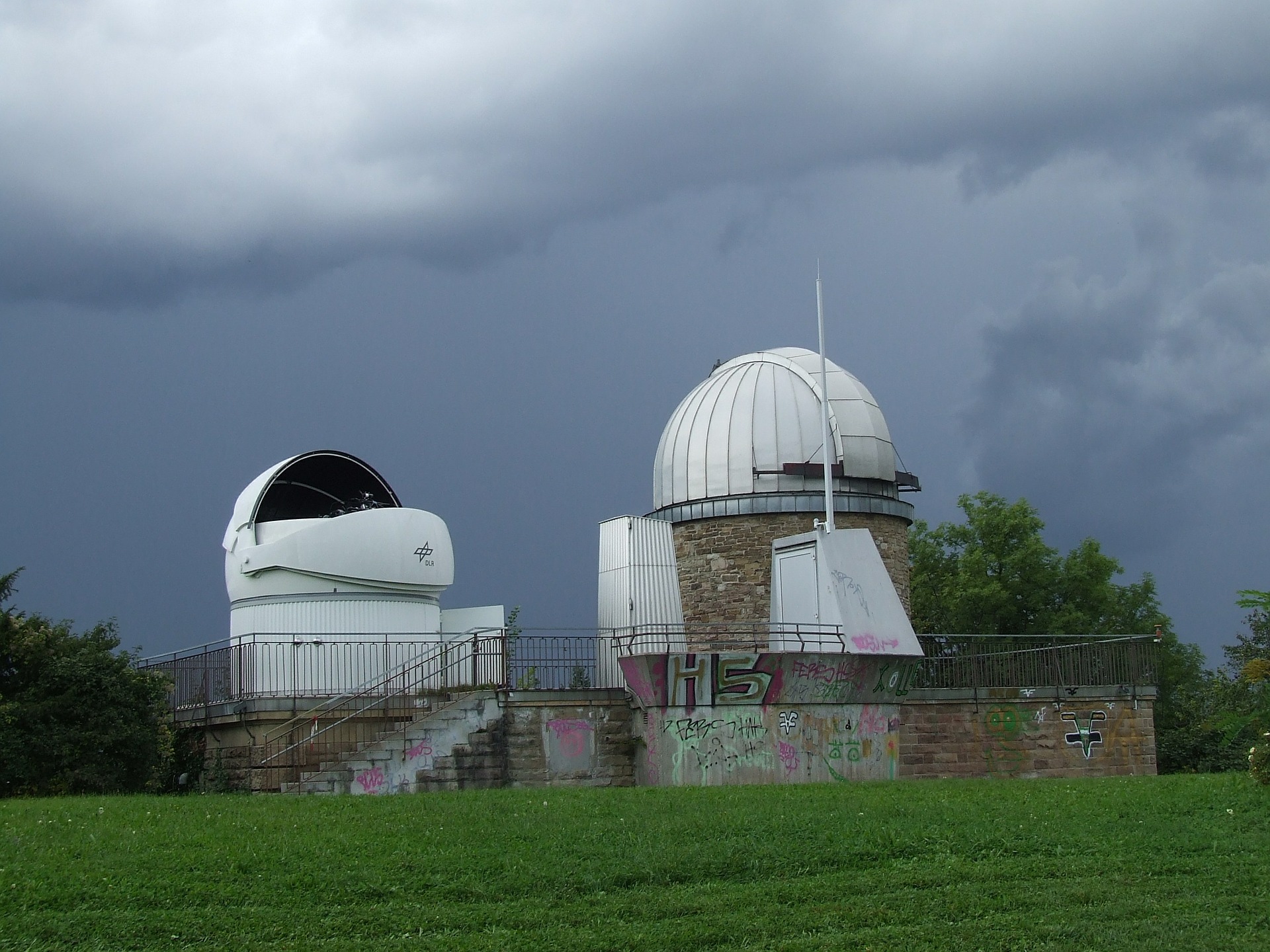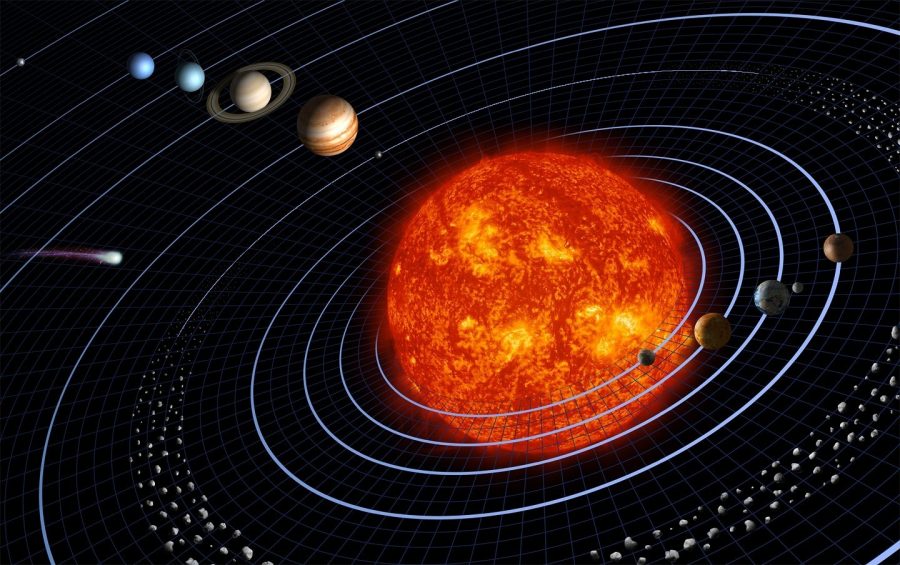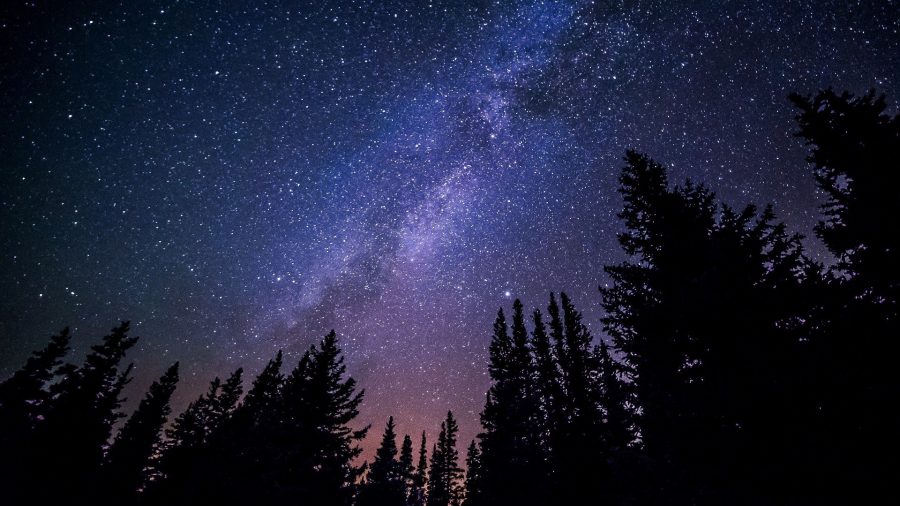Today, we will talk about the milky way. Milky Way Galaxy is our Galaxy, and our solar system is part of this Galaxy. How milky way gets originated and where the Galaxy gets its name, but before all will know about the milky way’s history and what we can understand by the name milky way. Read the article throughout to have complete information about the milky way galaxy.
What do we understand about Milky Way Galaxy?
If you look at the sky at clear night in the darkest area from the Earth, you might see a dark start line, bind in the cloud of dust and gas, across the sky. The part you are viewing right now is Milky Way, our galaxy house, which is 100,000 years in diameter.
This point is the hosts of the supermassive black hole, and the field of giant gravity is so strong here that even light cannot escape from here. The multiple arms spiral from Central keeps attracted billions of stars, one of our sun.
Our solar system lies in the Milky Way galaxy, with a name that describes the appearance of the Galaxy from Earth: A blurred ribbon seen in the night sky is formed from stars that cannot be distinguished easily by the naked eye. From Earth, Milky Way appeared as a band because the disks form structure can view from the inside only.

One of the most famous scientists Galileo Galilei was the first to observed light ribbons into individual stars with their telescopes back in 1610. For a long Until most debated astronomers in early 1920 concluded that the Milky Way contained all stars in the universe. Some famous names who take an active part in this debate were Harlow Shapley and Heber Curtis.
The observation by Edwin Hubble showed that the Milky Way was only one of many galaxies. The Milky Way is a galaxy spiral in shape with a diameter of 150-200,000 light-years, increasing traditional estimates of 100,000 light-years.
Origin of Milky Way Galaxy
Milky Way is as old as 13.2 billion years old, and a combination of many billions of galaxies is known as the universe. Other galaxies may be older and more prominent, but the Milky Way has fascinated us when the Earth’s cosmic address. It was recognized by astronomers thousands of years ago, and the ancient civilization displayed it in their mythology. But how and when this Galaxy gets this unusual name in the first place?
Some New Theory for Milky Way Galaxy Origin
In the 20th century, astronomers found that our silver river was only a piece of vast star island, and they wrote the story of our own Galaxy. In the most uncomplicated story, he argues that the Galaxy Milky Way we came along with almost 14 billion years ago is formed when colossal gas and dust clouds joined due to the power of gravity.
Over time, two structures appear: First, the large-sized ball “halo” and later, a solid and bright disk. After many light-years, our own solar system rotates into this disk, so when we look out at night, we see milk spilled – the views of the edge-on disk splashed across the sky.
But over the past two years, researchers have rewritten almost every major chapter of the history of the Galaxy. What happened? Maybe they researched deeply on it and got some better data. On April 25, 2018, the European spacecraft “Gaia” released a surprising amount of information about the sky.
The recorded data for a long time on this European spacecraft, Gaia’s describes detailed movements of around 1 billion stars. The previous survey had mapped only thousands of movements. The data which we have with us brings only static information of Galaxy; however, “Gaia began a new revolution.
Astronomers compete to download dynamic star maps, and the activity of the discovery followed. They find that part of the disk, which was impossible to observe in ancient times. Gaia also gives evidence about epic collisions that formed the young Milky Way and new signs that the Galaxy continued to swing indefinitely.
The Gaia satellite has increased and cleared our understanding of the Milky Way since it was launched in December 2013. Altogether, this result has turned a new story about our turbulent galaxy past and the continued future. We can observe the picture of the Milky Way has changed so fast”. “The main idea behind it’s that the Milky Way is not a static object. Everything changes quickly everywhere.”
Some more story related to the origin of the Milky way
The earliest across the Milky Way can be traced back to ancient Greece (800 B.C. up to 500 B.C.). According to Matthew Stanley, a Professor of Science History at the Gallatin School of Individual Studies in New York University.
“This term was useful in West 2,500 astronomy years ago,” Stanley said, referring to Stargazer in European countries. “So, there is no way to find out who first created it and how it first happened. That’s one of the old terms so that it’s generally forgotten now.”

In fact, Stanley added that the Milky Way gave astronomers the Greek roots for astronomy “Galaxy Renaissance Jacopo Tintoretto artist gave Greek Myth About the Milky Way Formation in the painting “The origin of Milky Way,” in 1575. Tintoretto is likely to base his artwork on the story version of the 10th-century folk story “Geoponica.” According to the national gallery, where the painting is shown.
Some ancient people described the god Zeus brought Hercules baby to his sleeping wife on her chest so that the baby could take care of quietly. When Hera wakes up and withdraws, the milk is spraying into the horizon and creating a Milky Way. But even though initial astronomers may have observed the Milky Way, they did not know what to do.
Before the discovery of the telescope at the beginning of the 17th century, galaxies were known as nebula, confusing, cloudy areas that did not behave such as other objects seen, such as stars and planets.
“They are accepted as an eccentric that you must not pay attention to and are not disturbed by, but they get a little attention,” Stanley said. It all changed when Italian astronomer Galileo Galilei pointed at the telescope in the sky in 1609 and found that some confusing cosmic dust clouds are grouped intact.
Why is our galaxy known as the Milky Way galaxy?
Our Galaxy gets its name because of its appearance, like milk when stretching in the sky. When looking at the Galaxy arm is a challenge from our current light centers. If you go out to a rural area, it starts to dominate the sky. Ancient Romans call our Galaxy through Lactea, which means Milk Road.
According to the astronomy image of the website, the Greek word for “Galaxy” also comes from the word “milk.” we are still unclear whether it was a coincidence because the origin of the name of the Milky Way and the Greek word for the Galaxy had been lost for a long time because of the prehistoric.
However, some sources said that the appearance of the Milky Way inspired it. It seems thousands of years for us to understand the nature of what we see. Back at Aristotle’s time, according to the Congress Library, Bima Sakti was believed to be a place “where the sky ball came into contact with terrestrial balls.”
Without a telescope, it wasn’t easy to talk more. It began to change in the early 1600s after Galileo’s observations showed the Milky Way that it is not a uniform band but had a specific bag with more star density. But the true nature of the Galaxy escaped for some time. Other initial observations: stars are part of our solar system, and that there is no equal distribution of stars from both sides. You might end up observing one side denser than the others.
Conclusion
I hope you read the article throughout and gain some more information about the mystery of our universe. The Milky way gets different local names in different countries. The main idea behind its name is the physical appearance of the Milky Way. If you need any more such information related to technology and science, let us know in the comment we will cover it for you soon.
















